Although not all charities and advocacy campaigns are equally effective, most of them do more good than harm. Hence, donating to a charity or supporting a campaign is good overall. But some projects, interventions and campaigns by charity organizations are counterproductive and do more harm. One reason why activists sometimes cause more harm with their well-intentioned actions, is that they neglect alternatives. One might campaign against a specific harmful activity, as a result of which that harmful activity is partially replaced by a much more harmful alternative activity. Or one might promote a good cause that results in a decreased support for an alternative, much better cause. Here are some examples where a partial shift to a much more harmful activity or away from a much better charity, causes more harm than good.
Nuclear power
Many environmental activists and organizations want to ban nuclear power, due to its risks and nuclear waste problem. However, in terms of deaths by accidents and pollution per generated kWh of electricity, fossil fuels are 100 times as deadly as nuclear power. The CO2-emissions of fossil fuels are more than 1000 times higher than nuclear.[i] That means if only a few percent of the electricity generated by nuclear power gets replaced by fossil fuels if nuclear is banned, there will be more deaths and climate change. It may be practically infeasible to replace more than 99% of all nuclear power by renewable energy or energy savings programs. Therefor, a ban on nuclear power probably does more harm than good.
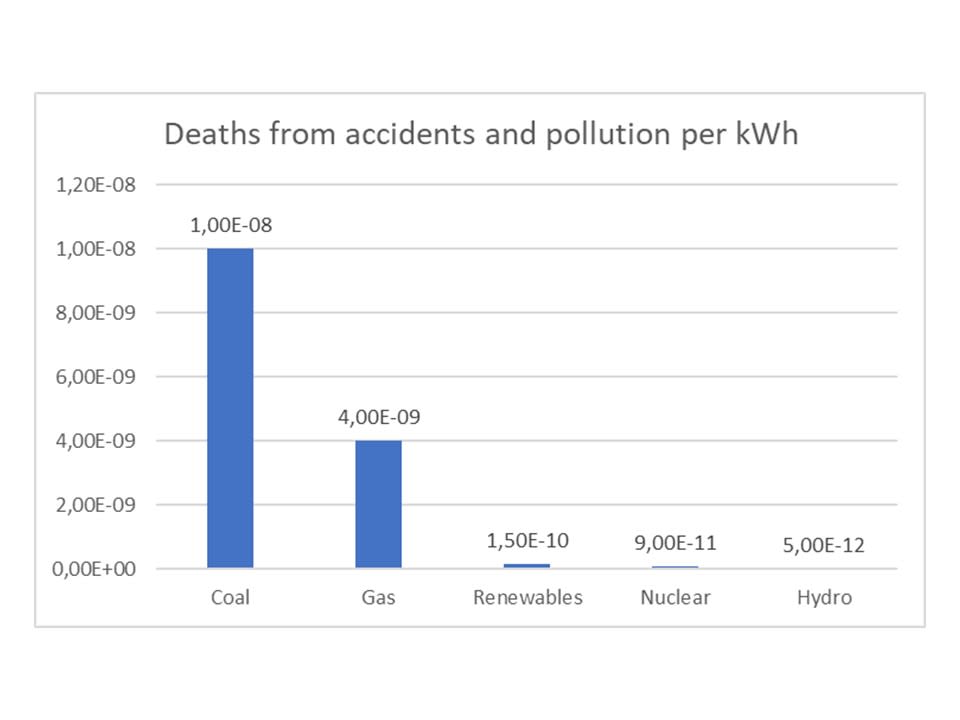
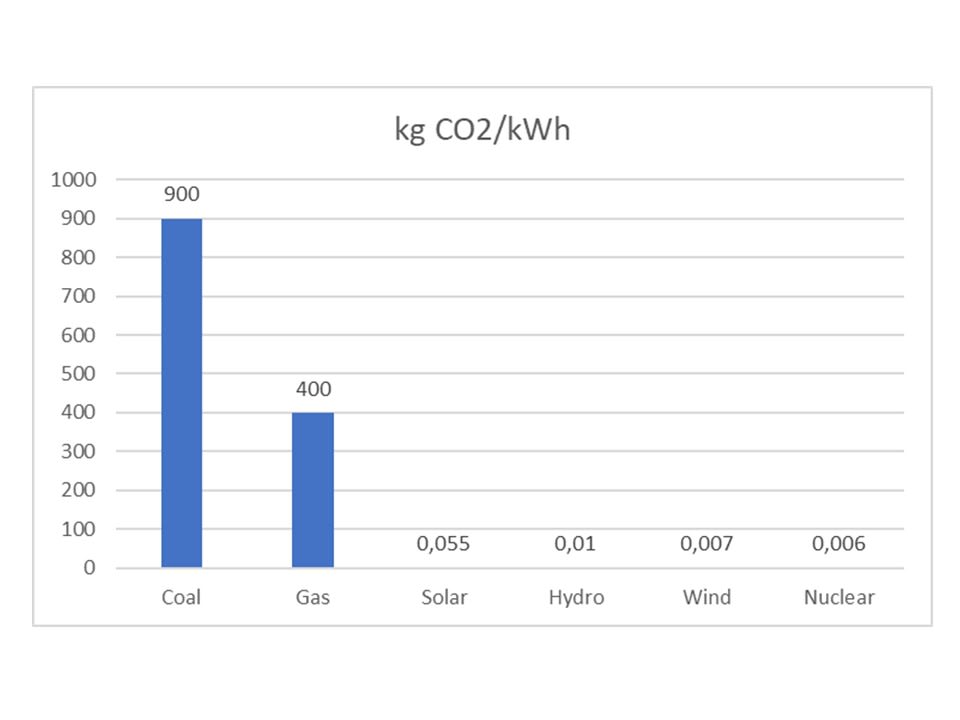
Glyphosate
Some environmental organizations do campaigns to ban the herbicide glyphosate. However, glyphosate is one of the least toxic herbicides. In terms of human toxicity levels, expressed as equivalents of 1,4-dichlorobenzene per kilogram of herbicide active ingredient, glyphosate has the lowest toxicity, and almost all other herbicides have toxicity levels ten to ten thousand times higher than glyphosate.[ii] Some of those other herbicides may be more effective then glyphosate, such that they require smaller doses. But they are not always orders of magnitude more effective. Hence, a ban on glyphosate will likely result in an increased use of other herbicides which are orders of magnitude more toxic to humans, such that the overall toxicity level of pesticide use will increase. Of course, next to acute human toxicity there are many other environmental and health risks associated with pesticides, and it is possible that glyphosate scores relatively worse on some of those other risk factors. Nevertheless, a focus on banning glyphosate is risky, as it could increase the total negative environmental and health impact of pesticide use.
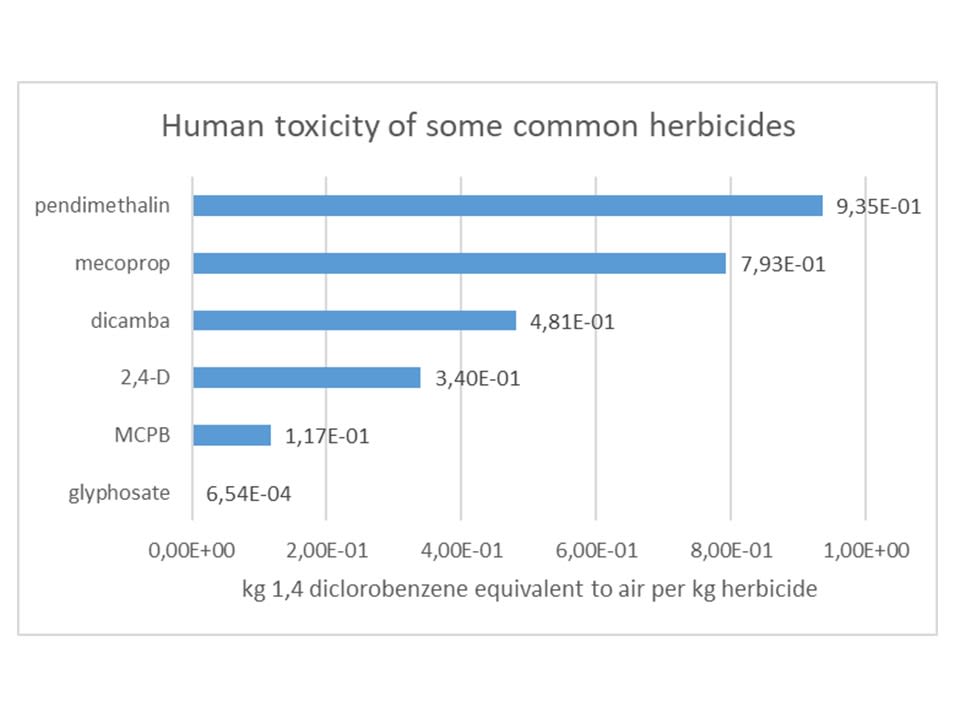
Palm oil
Palm oil is associated with environmental destruction, such as deforestation of tropical forests in South-East Asia. Therefore, some environmentalists do consumer awareness campaigns to boycott food that contains palm oil. However, palm oil crops are the most productive of all oil crops, having the lowest ecological footprint.[iii] Consumers who boycott palm oil will probably not decrease their total oil consumption, but will buy products that contain other oils, such as sunflower seed oil. But sunflower seed oil requires three times more agricultural land than palm oil. Hence, boycotting palm oil could backfire and increase land use and deforestation.
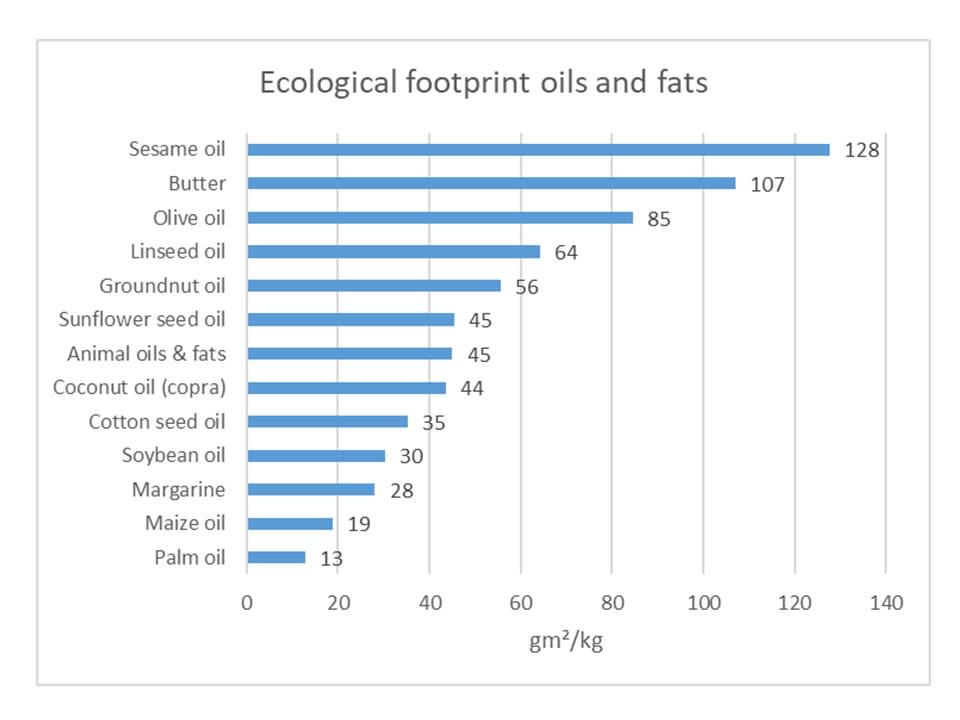
Red meat
Animal rights and welfare organizations sometimes campaign to improve the living standards of pigs in factory farms or to close a cow slaughterhouse convicted of animal abuse. In public outreach, they show undercover footage of animal abuse in cow and pig slaughterhouses. These campaigns could increase the price of red meat (beef and pork) and the public outreach could dissuade consumers to buy red meat. It is unlikely that all consumers replace red meat by plant-based alternatives. Instead, many consumers might buy more chicken meat, fish or eggs instead of red meat, especially when the price of red meat increases and is higher than other animal products. However, in terms of the welfare footprint, measured in weighted days of animal suffering per kilogram of product, products from smaller animals such as chicken and fish involve more than ten times as much animal suffering as red meat.[iv] That means single issue campaigns that target cow and pig farming and red meat production, could backfire and increase total animal suffering. Animal welfare organizations should avoid such single issue campaigns against farming of large animals and instead prioritize targeting chicken farming and aquaculture, i.e. farming of animals smaller than pigs.
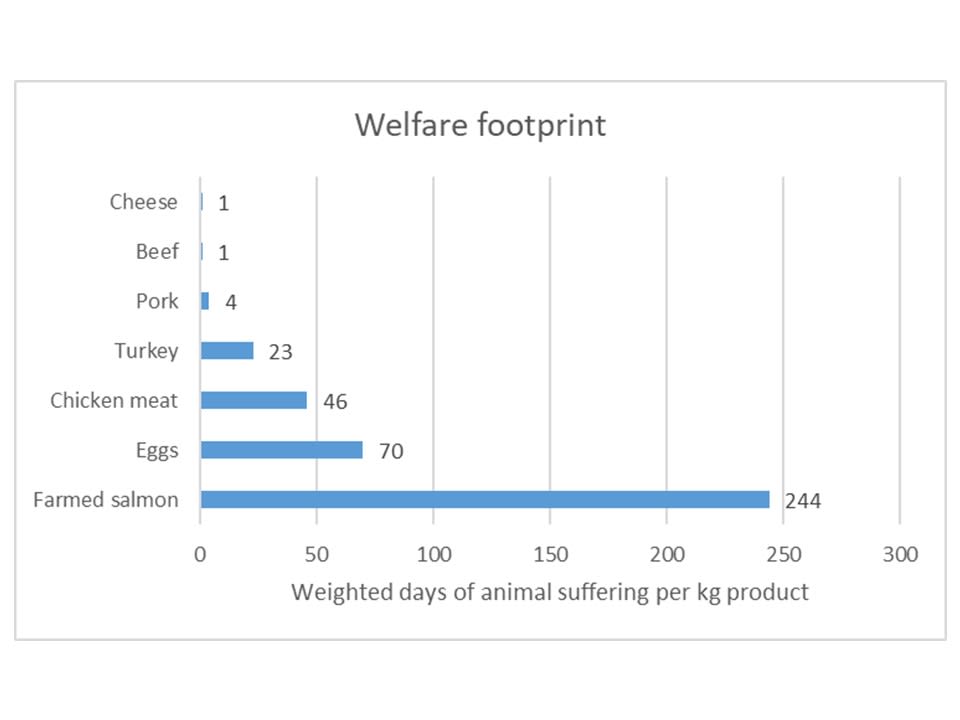
Fundraising for median effective charities
The above examples involve campaigns to decrease a harmful activity (nuclear power, glyphosate use, palm oil production, red meat production), that could easily increase the total harm because the activity might be partially replaced by a much more harmful alternative. In this final example, the opposite occurs: a good cause is promoted, as a result of which people decrease their support for a much better cause.
A small minority of interventions and campaigns is vastly more effective than the large majority. This goes for human health interventions[v], education interventions[vi], climate interventions[vii] and animal welfare interventions.[viii] Most charities focus on a few interventions, which means that most charities also have such an unequal distribution, where a minority of charities is much more effective than the large majority. A highly effective charity can easily be more than hundred times more cost-effective (doing hundred times more good per dollar donated) than the majority of lower effective charities. Fundraising for a charity could increase the total amount of donations, but is likely to also cause a shift effect, where people switch their donations between charities. If you go fundraising for one of the majority of charities that have a lower than average effectiveness, some people might switch from a higher effective charity to that lower effective charity. And due to the large differences in effectiveness of such charities, that shift might have a substantial effect. A decreased support for highly effective charities could easily result in less good being done by the charity sector in general. In this sense, fundraising for a charity that has median effectiveness (in the middle of the effectiveness distribution), could do more harm than good.
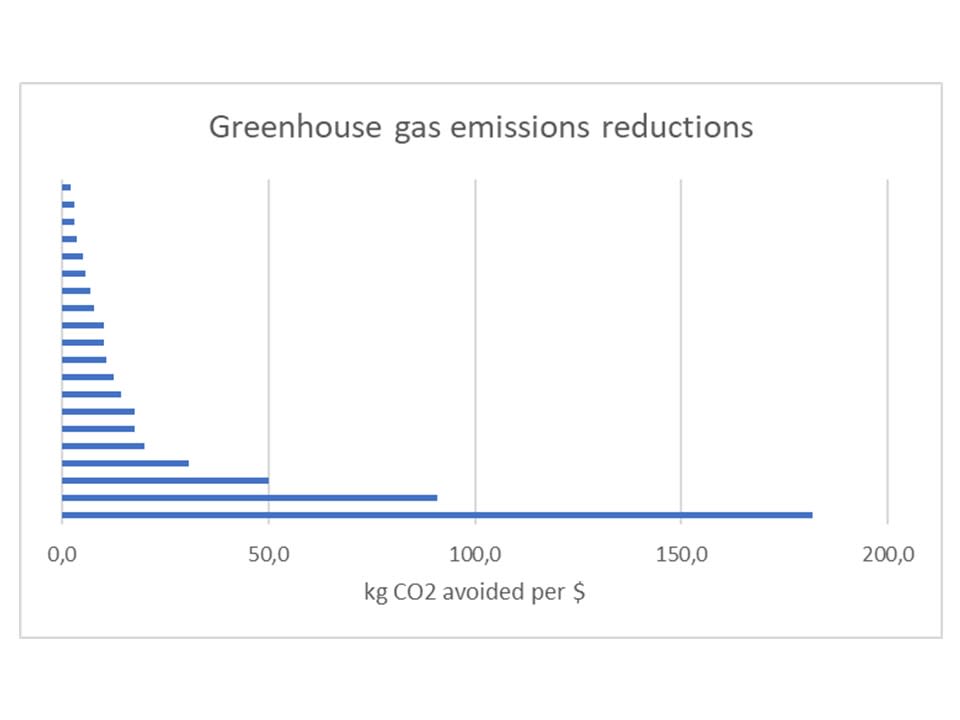
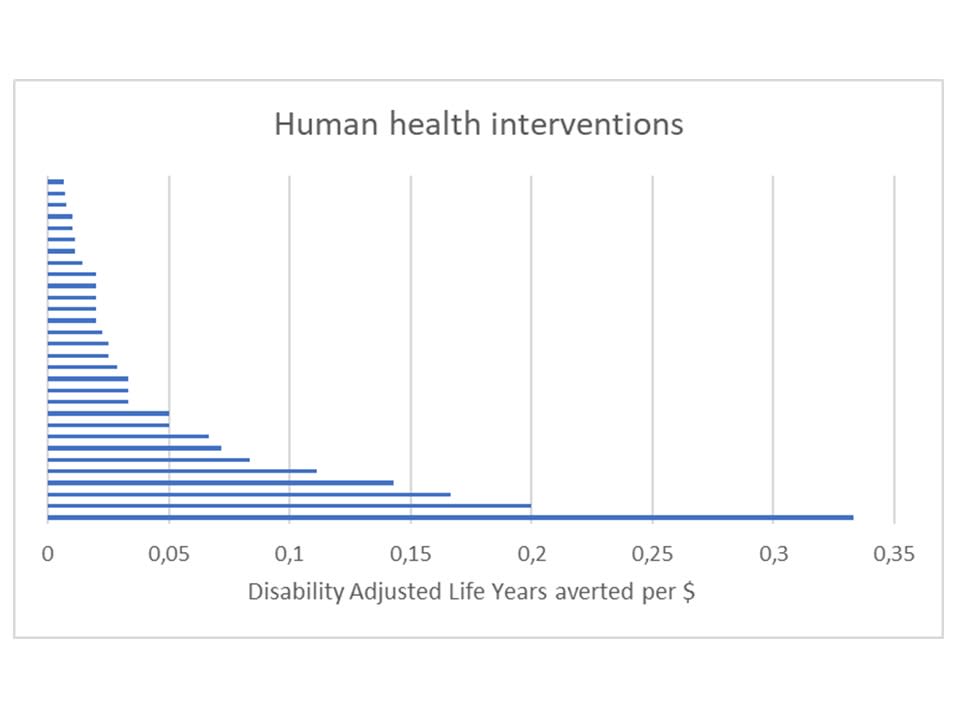
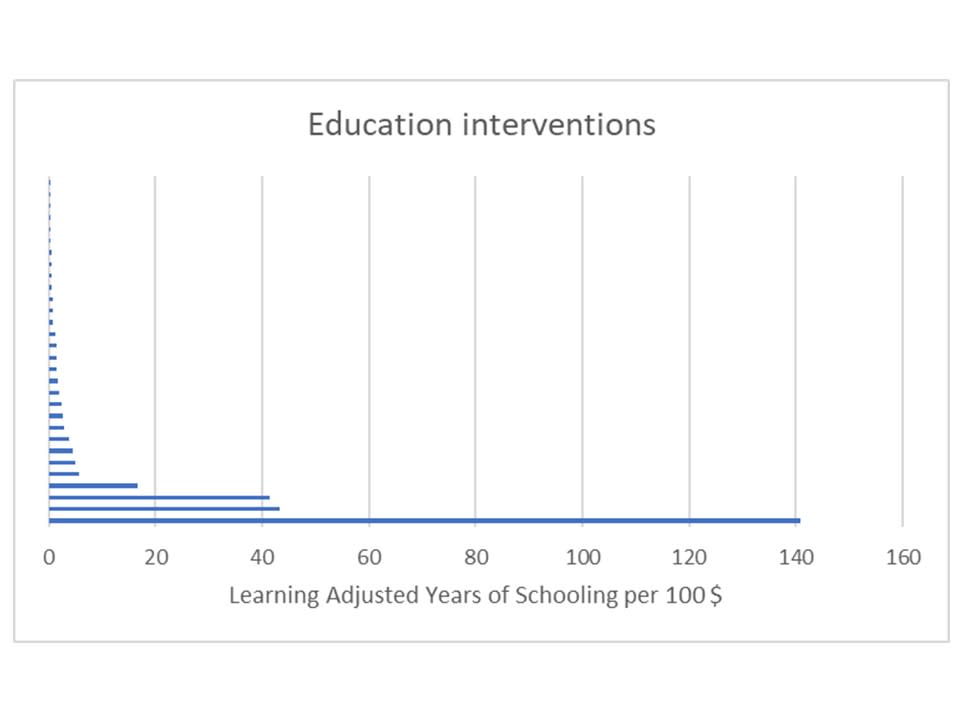
[i] Ritchie, Hannah (2020). What are the safest and cleanest sources of energy? Our World in Data ourworldindata.org/safest-sources-of-energy
MacKay, David (2015). Sustainable Energy – without the hot air.
www.withouthotair.com/c24/page_168.shtml
Conca, James (2012). How Deadly Is Your Kilowatt? We Rank The Killer Energy Sources. Forbes.
www.forbes.com/sites/jamesconca/2012/06/10/energys-deathprint-a-price-always-paid
Kharecha, P. A., & Hansen, J. E. (2013). Prevented mortality and greenhouse gas emissions from historical and projected nuclear power. Environmental science & technology, 47(9), 4889-4895.
[ii] Sleeswijk, A. W., van Oers, L. F., Guinée, J. B., Struijs, J., & Huijbregts, M. A. (2008). Normalisation in product life cycle assessment: An LCA of the global and European economic systems in the year 2000. Science of the total environment, 390(1), 227-240.
[iii] Global Footprint Network National Footprint Accounts 2015
[iv] Sinn, M (2013) How Much Direct Suffering Is Caused by Various Animal Foods? Think by Numbers https://thinkbynumbers.org/utilitarianism/direct-suffering-caused-animal-foods/
[v] Laxminarayan, R., e.a. 2006, Advancement of global health: key messages from the Disease Control Priorities Project. The Lancet, 367(9517), 1193-1208
[vi] Angrist, N., e.a. 2020, How to Improve Education Outcomes Most Efficiently? A Comparison of 150 Interventions Using the New Learning-Adjusted Years of Schooling Metric. Policy Research Working Paper 9450.
[vii] Gillingham, K., & Stock, J. H., 2018, The cost of reducing greenhouse gas emissions. Journal of Economic Perspectives, 32(4), 53-72
[viii] https://stijnbruers.wordpress.com/2020/08/10/the-extreme-cost-effectiveness-of-cell-based-meat-rd/

Executive summary: Well-intentioned actions by charities and activists can sometimes backfire and cause more harm than good when they neglect to consider alternative outcomes or more effective interventions.
Key points:
This comment was auto-generated by the EA Forum Team. Feel free to point out issues with this summary by replying to the comment, and contact us if you have feedback.